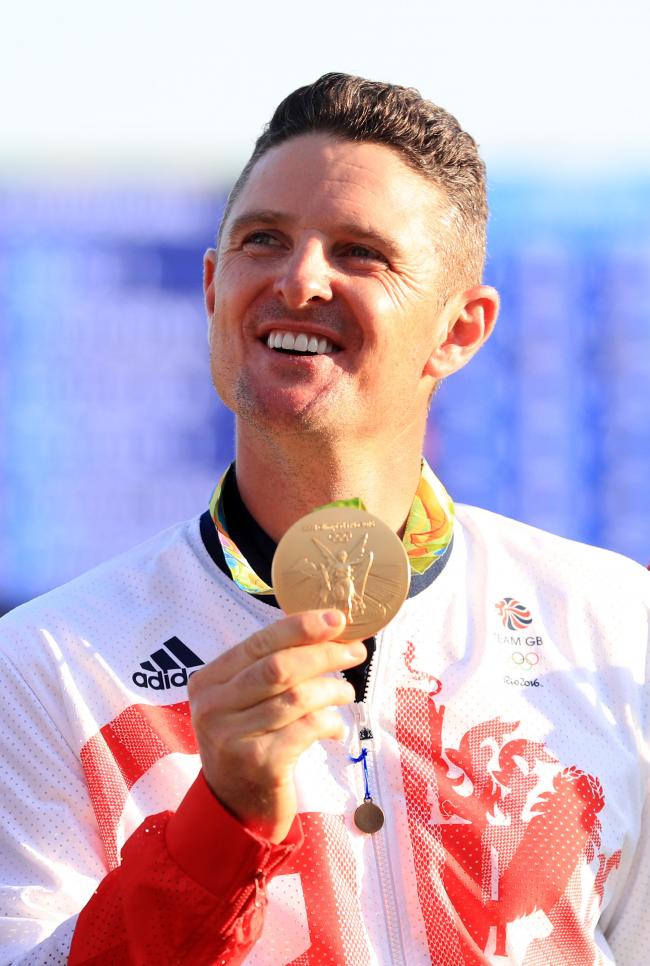by Kiran Kanwar, Nassau, Bahamas …
Looking at Justin Rose on the practice range prior to the practice round of the Tiger Woods Foundation’s Hero World Challenge was to see a disaster waiting to happen. All it needed was a look at how very flexed his spine, hips and knees were and how they were being maintained that way even during the early downswing which takes place at great speed. Speed is something which is particularly high for an athletic professional golfer.
Here are remarks from a research paper based on a study which applied loads in all possible directions on cadaveric spines, to study the effect of each load (A Study of the Mechanics of Spinal Injury; R. Roaf; 1960): “The intervertebral discs, joints and ligaments were found to be very resistant to compression, distraction, flexion and extension but were found to be very vulnerable to rotation and horizontal shearing forces.” The human vertebra is basically able to absorb compression forces quite easily. In other words, linear forces in a straight up-and-down direction do not affect the spinal tissue as much as rotational or sideways forces. That makes sense because of what the human body is basically designed to do – sit, sleep, stand, walk, run. None of them have excessive rotary or side-to-side movements.
The author of the research study also states that “Horizontal shear, and particularly rotation forces, can easily cause ligamentous rupture and dislocation”, and “A combination of rotation and compression can produce almost every variety of spinal injury.”
Now what does all this mean for golfers? Currently the golf theorists erroneously believe that one must “squat” during the downswing in order for the ground to push one up for a maximal possible length of left arm and club-shaft. This extra length produces a long lever for more club- and thus ball-speed. Even if the ground were indeed to “push” a golfer up, the golfer cannot have as high a shoulder as from merely standing as tall throughout the set-up and backswing as possible and simply allowing the trail arm to straighten up – which it inevitably does! That, in fact is the main movement then serves to push the lead torso up.
What all the professionals who receive instruction from pseudo-biomechanists need to do to reduce spinal injury is simply. Stand maximally upright – in the hips, knees and torso; and keep the trail side of the trunk lower than the lead side from address to impact too. Currently only one swing gives a golfer all the positions that will reduce loads on not just the spine but also the joints of the upper- and lower-extremities (see www.mgs.com).
Kiran Kanwar,
- Developer of The Minimalist Golf Swing System -100% scientific, simple and specific (www.mgs.golf)
- BS (physics, math); MS (sports science, nutrition); PhD (biomechanics, anatomy – student)
- Class A Member: the LPGA, The NGA of India, The PGA of India A A combination of rotation and compression can produce almost every variety of spinal injury.




